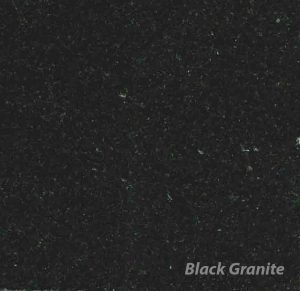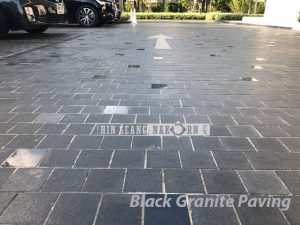In the natural stone world, most people talk about Black Granites for Counter tops, Paving, Flooring and Cladding tiles and Funeral work.
Such a stone doesn’t exist.
Granite per definition must contain Quartz and Alkali Feldspar, besides Plagioclase and other minor minerals.

Black Granite is a Mafic Rock, formed at great depth and temperature and consists mainly of FerroMagnesium minerals and (Calcium) Plagioclase and has no Quartz nor Alkali Feldspar minerals.

They are mainly formed in cratons, earth’s first continents, eg. South Africa, India, Canada, China and Australia to name a few. A well-known variety (Norite) is known from South Africa and Zimbabwe, where it’s quarried extensively for Dimension stone applications. This stone formation hosts also world’s largest platinum and chromite deposits.
Metamorphosis and tectonic uplift may affect severely the composition and strength of this stone. Both the abundant Calcium, Fe (iron) and Magnesium may be (partly) released/altered forming; veins, pyrite (rusting at the surface and magnesium changing into green minerals. This can create major problems in installed natural stones. Black colour may fade (often) in fierce sunlight, as the FeMg crystals are no longer perfectly mineralized and the iron/magnesium ions becoming grey due to oxidation. These mineral changes are often only visible with a microscope as part of a geological study
Make sure when you purchase “Black Granite” that your supplier knows well, what they are selling to you, as it’s one of the most complicated rocks used the stone industry. You risk purchasing big problems.





You must be logged in to post a comment.